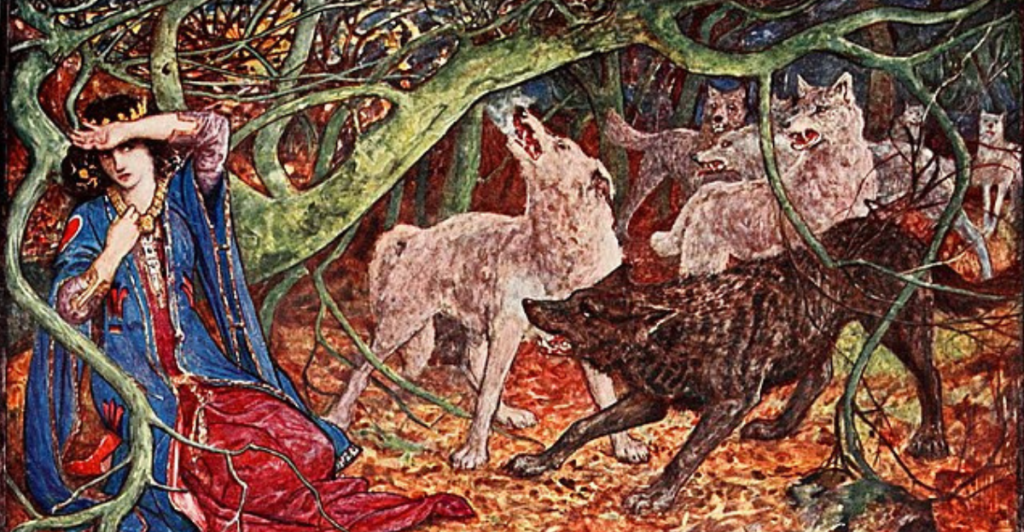
The story of Little Red Riding Hood is one everybody knows today. The book depicts a wolf hiding in a grandmother’s clothing, but it’s not the only case of folklore surrounding wolves. As time went on, more and more myths about wolves were spread and popularized in American folklore.
Myths Vs. Realities
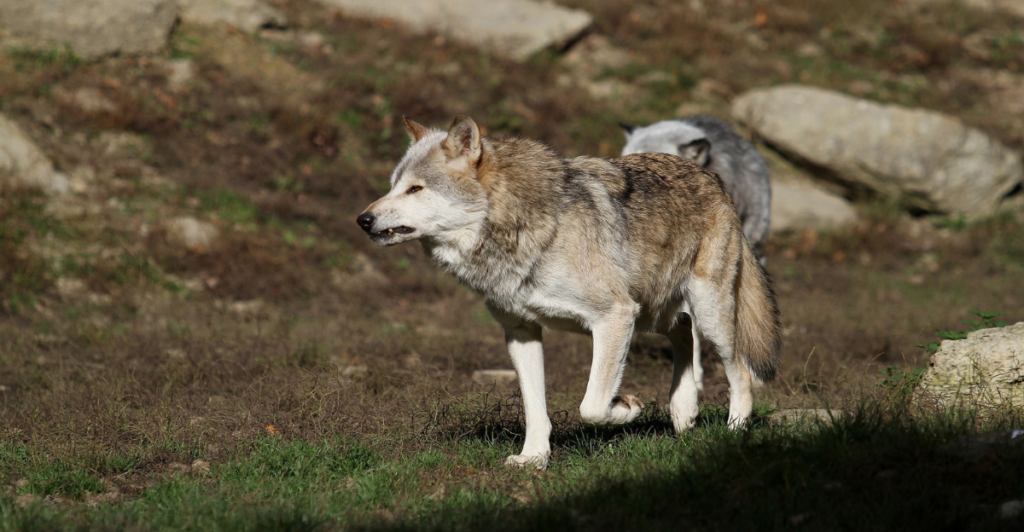
Wolves are extremely misunderstood animals. They have been roaming a wide variety of biomes on earth for around one million years. This means that we as humans have had countless conflicts with the animals over the time we’ve shared this planet. But over time, myths have become cemented in culture, and some of them have no grain of truth.
The Villain

American authors have famously depicted the wolf as the villain or antagonist, but it wasn’t only them. More than a century ago, America had a thriving wolf population. Unfortunately, because of their conflicts with people, that had to change.
The Mythos Of The Wolf
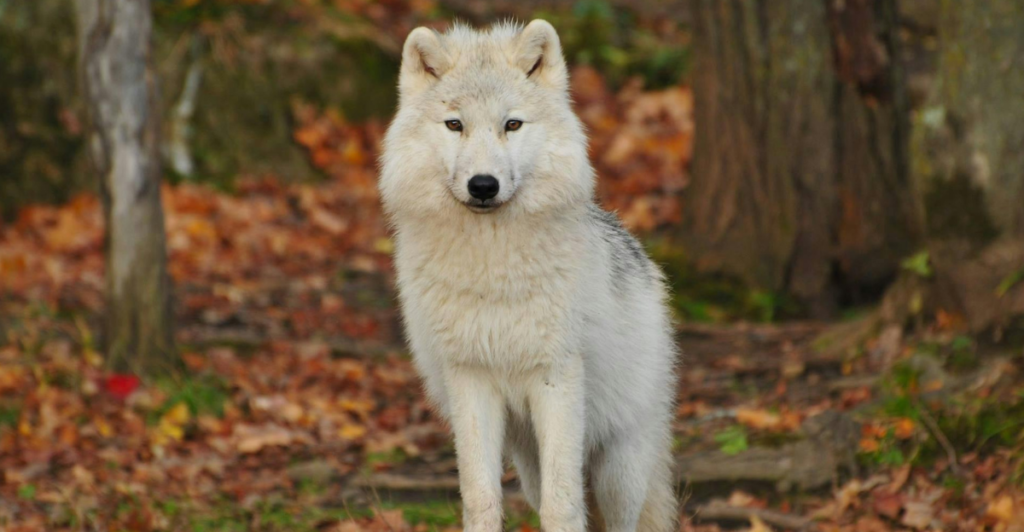
By the time European settlers came to America, the mythos for the wolf had been well established through literature, experience, and heresay. Unfortunately, being shed in such a negative light was only a detriment to the wolf.
The Eradication Of The Wolf
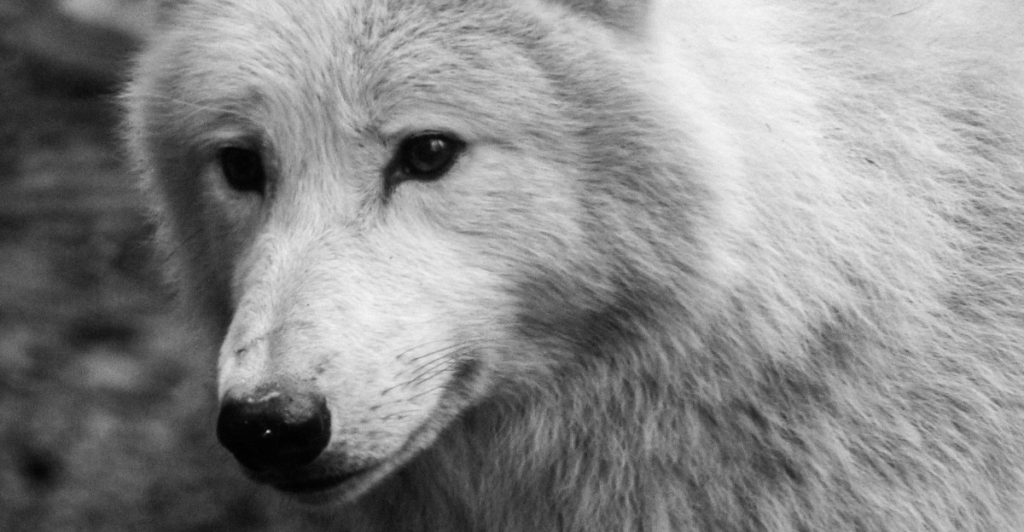
The eradication of wolves in America started due to conflicts with humans and livestock as well as bias. People were scared of the animal and what it could do to them and their wellbeing – being cemented in so many stories.
The Hero

the wolf has never been a villain, and instead is a hero to any ecosystem they reside in. Wolves are an essential part of the food web and do a lot to save nature.
An Obsession With The Moon
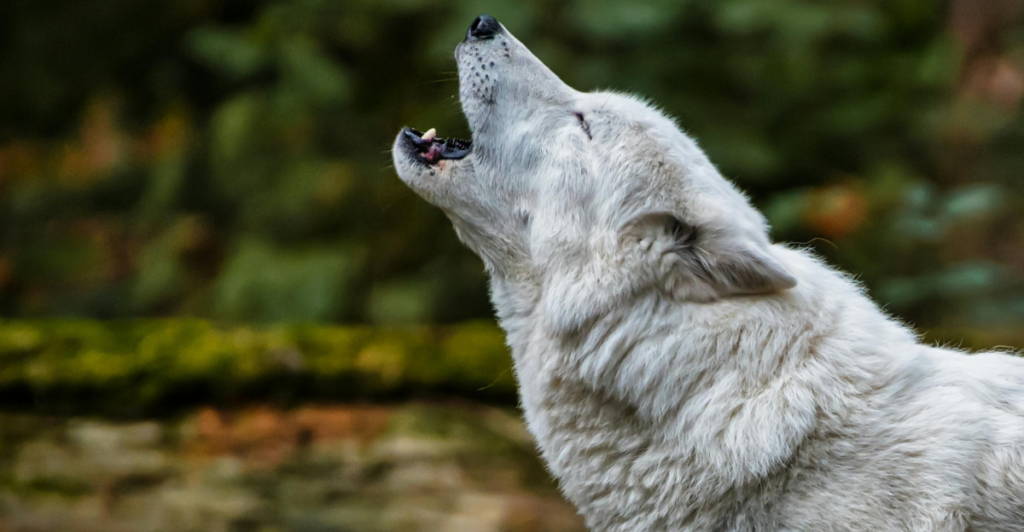
Who hasn’t seen a movie or piece of literature where wolves haven’t been howling at the moon? The moon and wolves have been intertwined for generations, especially with the folklore surrounding the infamous “werewolf.”
Great Communicators

In reality, wolves don’t actually howl at the moon at all. They are great communicators and can howl over great distances to let their pack know where they are and what their situation is, normally at night, when the moon is out.
Hunting Humans
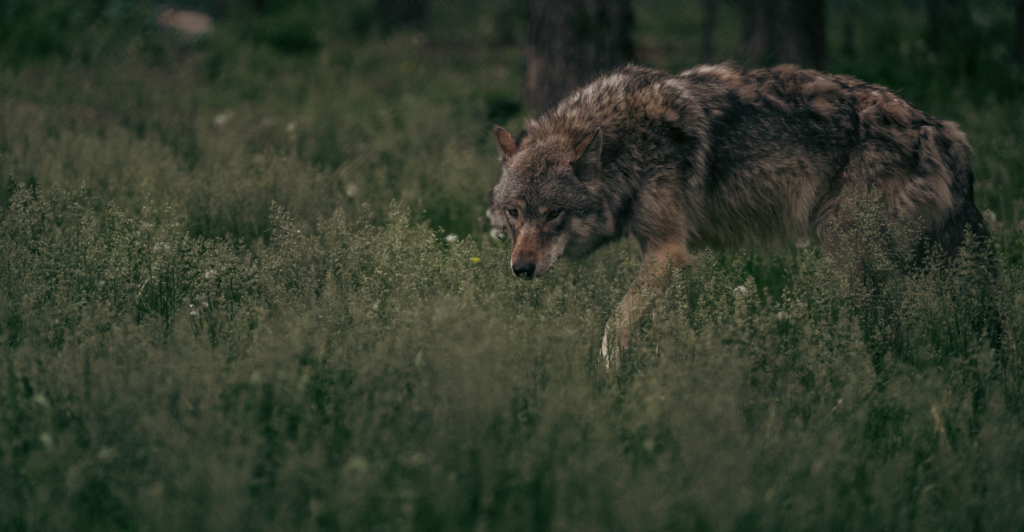
Although there have been accounts of wolf attacks throughout history, the number is small and around 80% of the time, the animal that instigated the attack is suffering from rabies. Normally, wolves prefer to avoid humans as we are their biggest threat.
Livestock
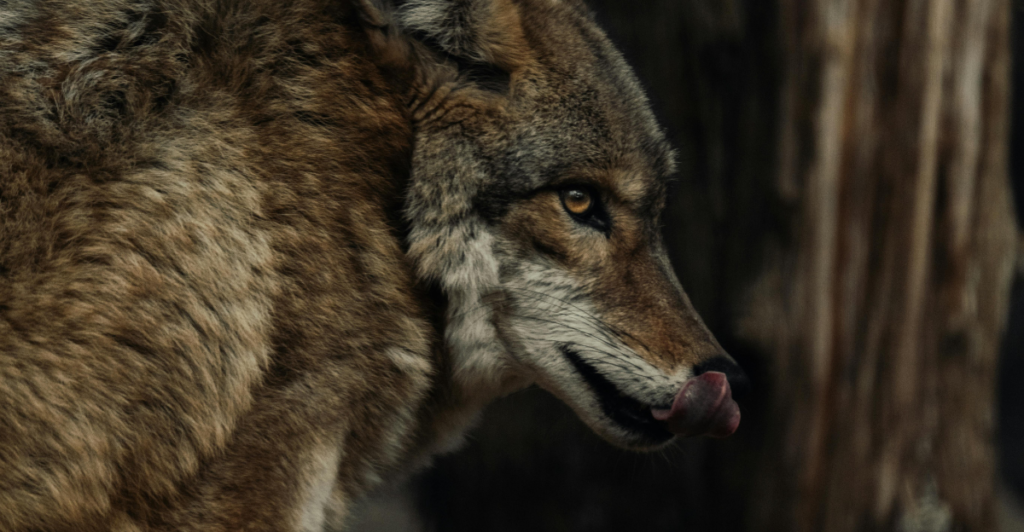
Although it is true that wolves have had run-ins with livestock over the course of our shared history, at least in the present, they make up very few attacks on cattle. Wolves are responsible for less than 1% of cattle deaths from predators.
Reducing Populations
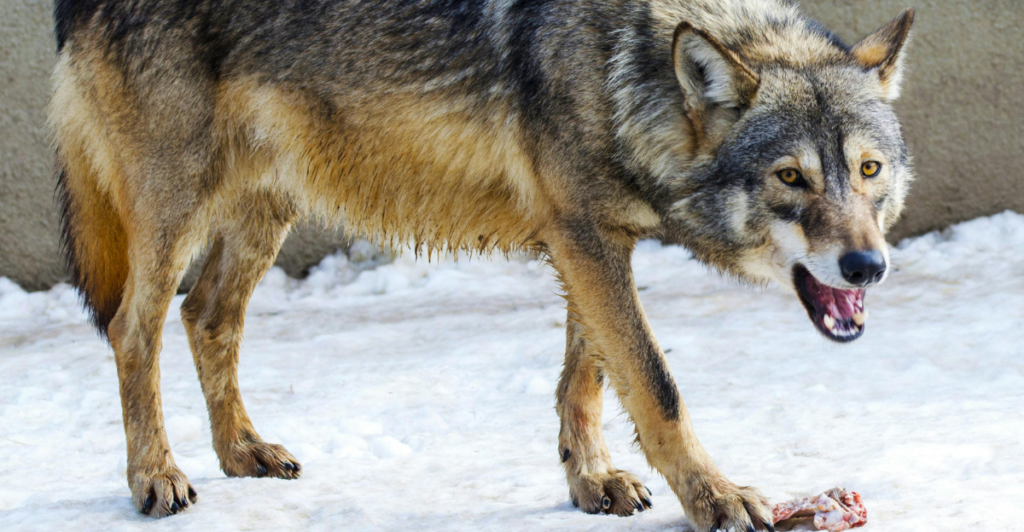
Many people believe that wolves compete with hunters for elk and deer; with how few wolves currently roam the U.S., they just aren’t well-established enough to eliminate enough of the population to thin them out for hunters.
An Alpha Male
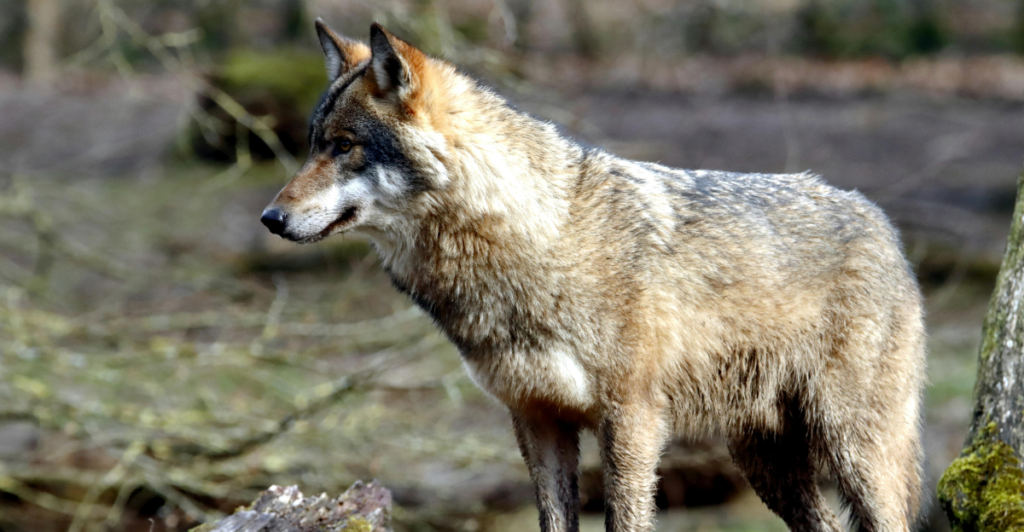
The alpha male is a widely believed part of the wolf pack, being the dominant male that leads the rest of them. But that’s now known not to be the case. It’s not just one singular male that’s in charge.
More Like An Alpha “Pair”

There is no one alpha male. Wolves believe in gender equality – with an alpha pair, normally a male and a female, leading everyone else. They will make the important decisions for the rest of the pack.
Source:
Howling to be Heard: Wolf Folklore
Stay connected with us for more stories like this! Follow us to get the latest updates or hit the Follow button at the top of this article, and let us know what you think by leaving your feedback below. We’d love to hear from you!







